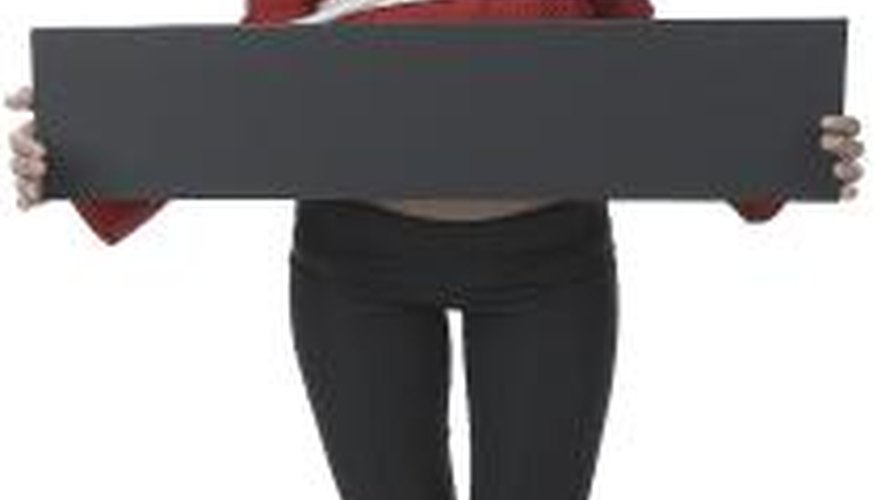Uncensoring photos generally means removing artificially placed black lines or shapes, or removing random pixelation on certain parts of an image. The process itself is a simple one, but it can be made difficult if not impossible should the censored area be particularly large. To remove censoring lines, you will need an image processor such as Adobe Photoshop, GIMP or Corel Paintshop Photo Pro.
Open your image editor and the photo you want to edit. Zoom in on the censored area so it fills about 20 per cent of the screen.
Select the "Clone Stamp Tool" from the toolbar. Select a transparency of 100 per cent and a feathered brush. Hold down "Alt" and click on an uncensored area of the image similar in tone and shadow to what the censored area should be. Normally about three brush-widths from the censored area will do.
- Uncensoring photos generally means removing artificially placed black lines or shapes, or removing random pixelation on certain parts of an image.
- Hold down "Alt" and click on an uncensored area of the image similar in tone and shadow to what the censored area should be.
Click and drag the mouse over the censored area. The censored area will be replaced with your "Alt-clicked" source as you drag the mouse. You may have to select several new sources as well as different brush sizes to replace the censored area with as much detail as possible.
Use the "Paintbrush" tool from the toolbar to help replace any shadows or other details that weren't copied properly. Select a colour of black or white and a low opacity of around 5 per cent. Use a small feathered brush and drag it over any areas that require extra detail. Repeat as necessary.
- Click and drag the mouse over the censored area.
- Use a small feathered brush and drag it over any areas that require extra detail.
Save your work.
TIP
If the censoring isn't too severe, try an opacity of about 90 per cent with the clone tool. This will help the edges blend a little more realistically.
